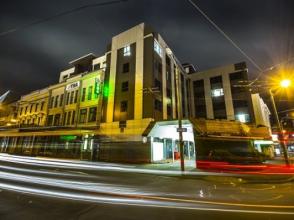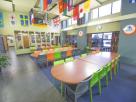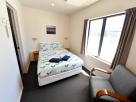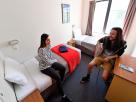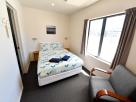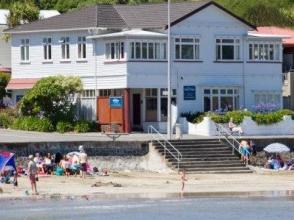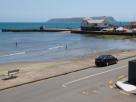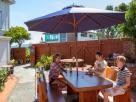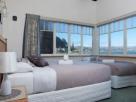Wellington Backpackers & Hostels
Currently 9 hostels in this area
Filter by Location: View All ,
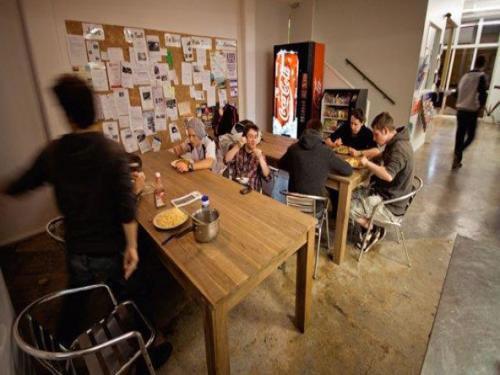
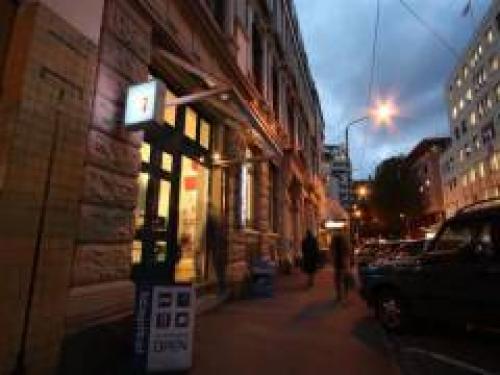
The Southernmost capital city in the world, Wellington took over from Auckland in 1865 to become New Zealand’s seat of government and political centre. It was named after the Duke of Wellington, of whom the original settlers were proud due to his unflinching defence of colonisation, popular at the time despite its usually unfortunate consequences for the host countries.
Wellington became the capital mainly due to its proximity to the South Island. Fears began in the 1860s, that as the gold fields of Otago rendered the South Island wealthy in its own right, it may have sought to have become an independent country. Therefore, situating the national government near the Cook Strait separating the two islands was a symbolic attempt the keep them together.
Wellington has been developed throughout the decades from the harbour, spreading back to the area now known as the George Denton Park. Land has always been at a premium in Wellington, and as such it is quite a densely populated, with the main attractions clustered within a square mile of the harbour. It is a very easy-going and metropolitan city, ranked 12th in the world for quality of life and, coincidentally or perhaps not, hosting a very secular population, with religious affiliation dwindling year upon year.
Central Wellington
The Harbour provides an excellent start to a tour of the capital. Continuous walkways will take you from Queen’s Wharf at the North end to Clyde Quay Wharf about a mile on the other side, with cafes dotting the route. For a capital city, the harbour is surprisingly quiet and the water clean, with the biggest commercial boats being the Blueridge and Interislander ferries which follow the Cook Strait down to Picton in the South Island. Pretty yachts and schooners are berthed in Wellington Marina, but there is absolutely no ostentatious air about the harbour such as you’d find in Europe. It remains a very laid back area, and a stunning setting from which, on a clear day, the Kaikoura Ranges on the South Island can be seen.
Heading back from the harbour, the first stop on your way into town should be the Wellington Underground Market. This recent addition to the city’s retail landscape emerged to provide small stall-holders and creative designers a collective space to reach larger audiences and grow their business. Further in on Lambton Quay, there is the impressive Old Government Buildings, now Wellington Law School. Made of native kauri timber, it was until recently the second largest wooden building in the world. There have been various plans to reconstruct the building using concrete, but kauri wood is sacred to the Maori and has acquired a protected status. This is a fortunate happenstance, since it is widely predicted that if the building had been reconstructed with concrete it would likely have perished in the recent earthquakes, whereas wood is much more flexible.
A short walk from here brings you to the government building known as the “the beehive” due to its unusual rotunda tiered shape. If this looks familiar it is because it features alongside Queen Elizabeth on the $20 note.
From the Parliament buildings, a walk westwards along Lambton Quay takes you to one of Wellington’s most quaint attractions. The Wellington Cable Car is New Zealand’s only active funicular, and, running every ten minutes, is the perfect way to traverse the city on its ascendance to the Botanic Gardens which shoulder the city. The Gardens celebrated their 150th anniversary last year, and have been designated a Garden of National Significance by the New Zealand Institute of Horticulture. This beautiful twenty-five hectare expanse is host to many plants native to New Zealand, and sculptures from such luminaries as Henry Moore and Andrew Drummond decorate the gardens.
Further Afield
The Kapiti Coast, named after the prominent island 3 miles offshore in the Cook Strait, is actually dominated by the Tararua Forest Range. This national park, around an hour and half drive from Wellington and managed by the Department of Conservation, is the largest park in the North Island, and hosts an abundance of outdoor pursuits. There are numerous classic tramping tracks with an extensive hut network for longer routes involving overnight stays. Wild camping is not allowed, but there are plenty of campsites to accommodate the more rustic hiker. You’ll also find some great climbing routes at the Waiohine Gorge, and you can also try mountain biking, kayaking and fishing.
The coast itself is a thirty mile stretch of beautiful white sandy beaches, accessed from small roads leading off Highway 1. The length of the beaches make them ideal for kite surfing, and the water is generally warmer than that in Wellington. Paraparaumu is the largest town at the south of the coast, and makes and good starting place to work your way north to Peka Peka and Te Horo beaches. Peka Peka in particular makes for good swimming, and clothing is optional.
The looming Kapiti Island, omnipresent as you make your way up the coast, is host to a nature and marine reserve, and many endangered birds have been released for breeding on the island, including the brown and little spotted Kiwi. Tours to the island are available from Paraparaumu, with numbers limited to 160 per day due to the sensitivity of the environment.

